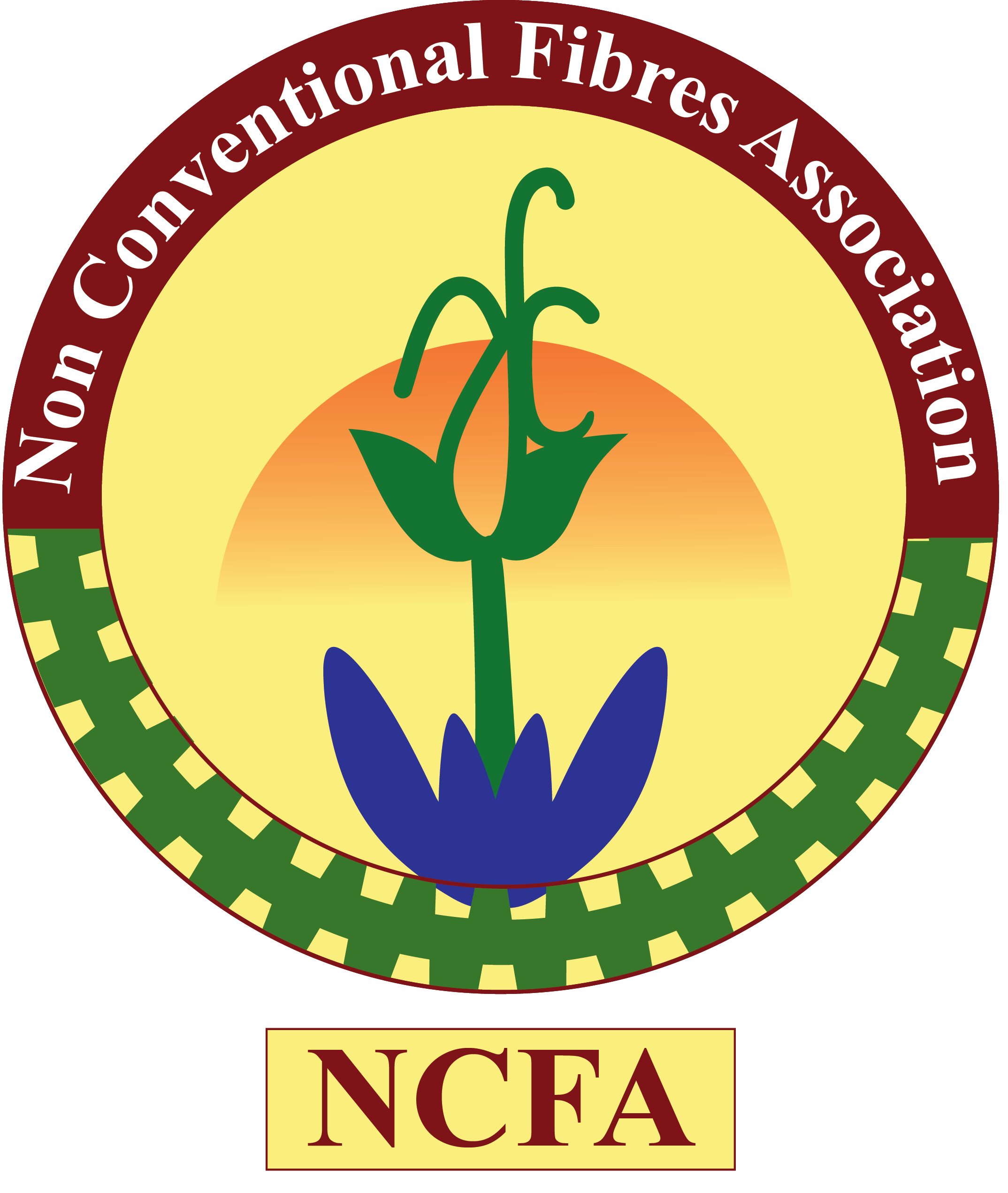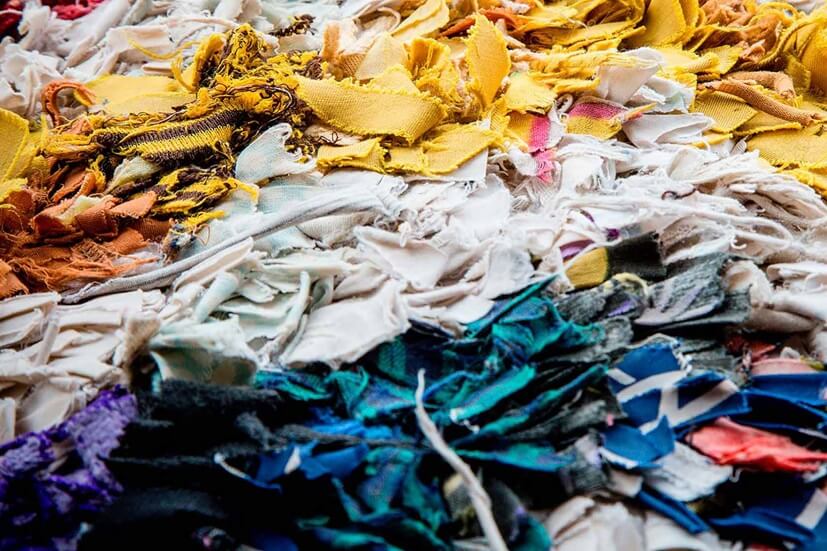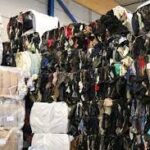A combination of chemical and mechanical recycle could recover 60% of unwanted textiles, according to new analysis by Valpak, the largest compliance scheme operator in the UK.
Its report acknowledges that the sorting process is essential in achieving high recycling rates but cautions that significant investment in effective sorting infrastructure is needed.
The report ‘From Waste to Worth: An Analysis of Textile Recycling Opportunity in the UK’ analysed data from six UK textiles retailers and consulted brands, sorters and recyclers. The data was used to determine the breakdown of materials and suitability for mechanical and chemical recycling, with additional analysis on reusability.
Valpak says the overriding consensus from stakeholders was that textile products should adhere to the waste hierarchy with reuse prioritised over recycling, and reduction taking precedence over reuse. It found that 33% of the material analysed had a low likelihood of reusability, 42% a medium level of reusability and 26% a high level. It specifies bed sets and towels, with a high level of recyclability and low likelihood of reusability, as ideal target material for recycling. Sixty per cent of total material was found to be recyclable using a combination of chemical recycling and open-loop mechanical recycling.
Combination
Steve Gough, CEO at Valpak, says: “Sustainable textiles management is rising swiftly up the agenda, with legislation and consumer demand bringing it into focus. Valpak already manages textiles compliance for businesses operating in France, and the rest of the EU is likely to follow suit with its own textile legislation in the next 12 months.
“While businesses pursue the holy grail of closed-loop recycling, established open-loop systems already successfully process textiles into usable products. A combination of reuse, closed and open-loop is likely to emerge as the most effective solution.”
Gough concluded: “This study is based on the best available data, and outputs should be considered as indicative, with the potential to expand the scope of the study to increase robustness. Valpak would like to invite any stakeholders who have any data or insight that could be valuable to a potential second phase of this project to approach Valpak to discuss collaboration.”




